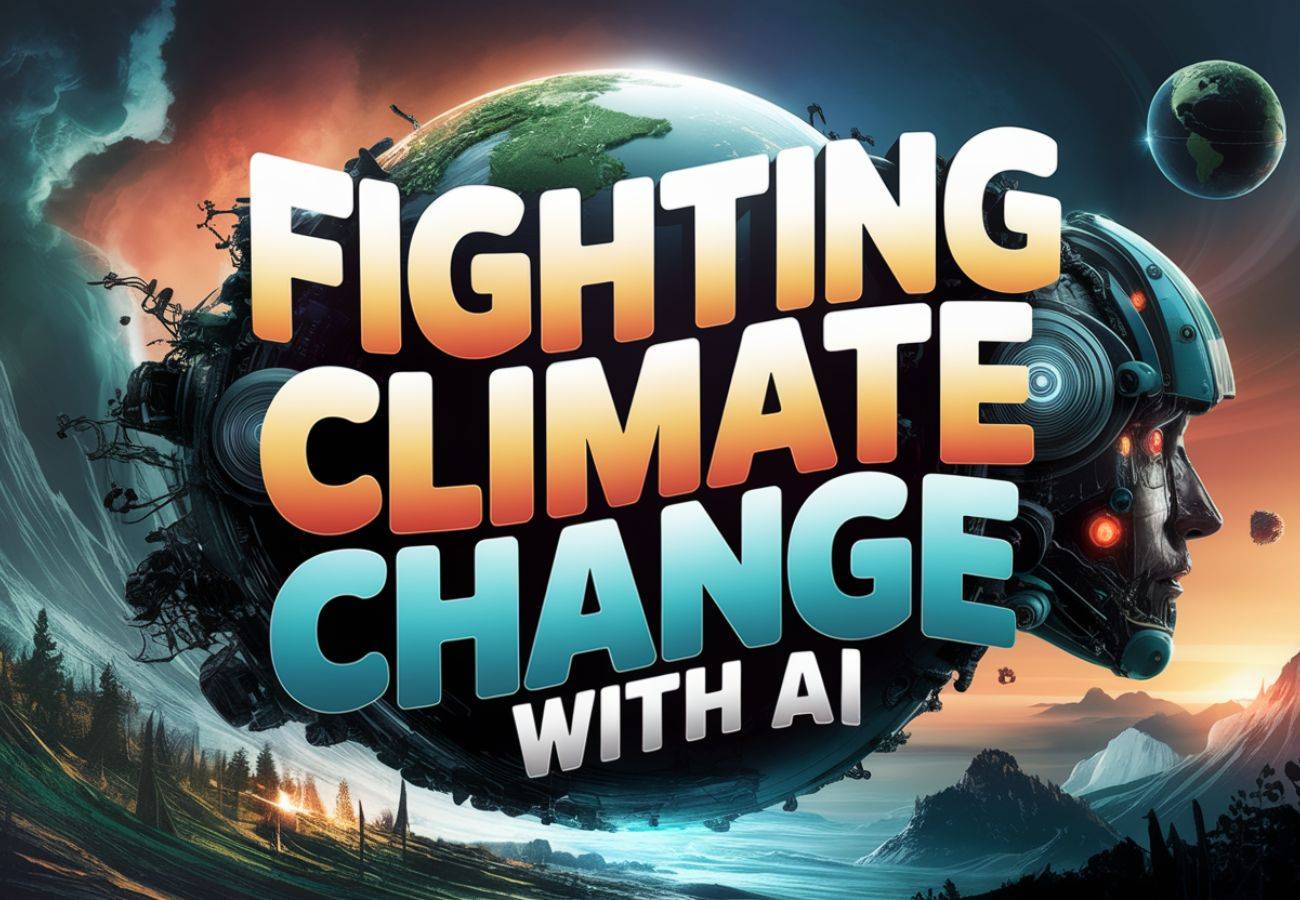As climate change affects our planet, we need new ways to reduce its effects and protect the environment. Artificial Intelligence (AI) is becoming a powerful tool in this fight, helping us find solutions that create a greener future. Here, we explain how AI is changing the way we approach climate change.
How AI Helps Reduce Climate Change
AI is helping in many ways to address the challenges of climate change. It improves energy use, boosts renewable energy, and helps in making farming more sustainable.
Saving Energy
One big way AI helps is by saving energy. Smart grids with AI analyze energy use and adjust electricity supply, reducing waste and costs. AI also predicts energy needs and helps switch to clean energy like solar and wind, which lowers pollution.
Better Farming
Farming causes a lot of greenhouse gases, but AI is making farming greener. Machine learning helps farmers use water and fertilizers wisely based on soil and weather. AI tools also tell farmers the best time to plant and harvest, helping them grow more food with less waste.
Managing Waste
AI improves how we manage and recycle waste. It studies waste and recycling data to create better programs and reduce the trash in landfills. AI can also create routes for garbage trucks that use less fuel and produce fewer emissions.
AI for Climate Predictions
AI also helps us understand climate change better by making predictions.
AI can look at huge amounts of climate data to find patterns, making climate predictions more accurate. This helps leaders make smart choices to protect our planet.
AI helps during extreme weather events, like storms or floods. It analyzes photos from satellites and social media to assess damage, helping people respond quickly and recover faster.
Protecting Nature with AI
AI is also used to protect nature, which is important for keeping a balanced environment.
AI helps scientists watch animals in the wild. For example, projects like Wildbook use AI to study animal pictures from cameras in nature. This helps us track and protect endangered species.
AI shows where nature needs help. It can predict how animals will react to changes in their homes, helping conservationists decide where to restore habitats.
Building a “Green AI”
AI is powerful, but it also uses energy. Green AI focuses on making AI better for the environment.
Green AI aims to create AI systems that need less power. This helps reduce the pollution from running big AI systems.
Green AI also includes using renewable energy for data centers and gathering data in ways that don’t harm the environment.
Challenges Ahead
Using AI for climate change still has challenges.
- Fair Use: AI must be used in fair and clear ways that protect people and the planet.
- Adding AI to Systems: AI needs the right equipment and training to work well, which costs money and time.
- Rules and Regulations: Governments need to set rules to guide AI use for climate safety.
Conclusion
AI is a powerful tool to help fight climate change. It can save energy, make farming greener, manage waste, and protect nature. But it’s important to use AI carefully and responsibly. By working together, we can use AI to protect our planet for the future.

